Cult books that became known only after the death of the author (10 photos)
It often happens that public interest in a creator and his work arises only when he dies. Especially if they have a complex and interesting destiny. And sometimes... even mystical! In this post we will talk about great writers and their works, which have already become classics today. Alas, during their lifetime they could not wait for such great success. But if there is some connection with the afterlife and ours, then they are probably happy. After all, their works are read by millions of people around the world.
"The Trial", Franz Kafka 
Only a few stories were published during the writer’s lifetime, but they did not bring any success. Only the novels published after his death (1924), including “The Trial” and “The Castle,” attracted the attention of readers and literary scholars. Based on the novel of the same name, three film adaptations were made, in particular “The Trial” in 1993 with Anthony Hopkins and Kyle MacLachlan.
"1984", George Orwell 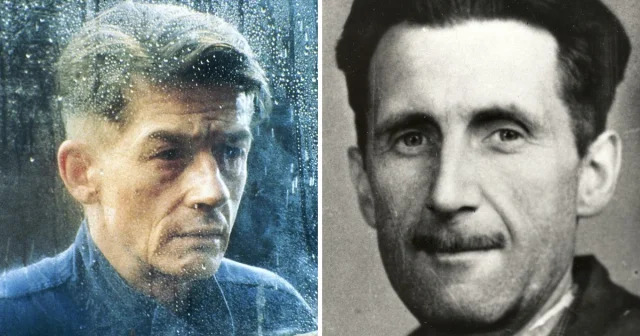
The writer never had time to fully enjoy the success of his dystopian novel, since it was first published in 1949, and just six months later Orwell died of tuberculosis. Meanwhile, his novel created a sensation, and the first radio play was released in 1953. And in 1984, a film was symbolically made.
Satires of Antiochus Cantemir 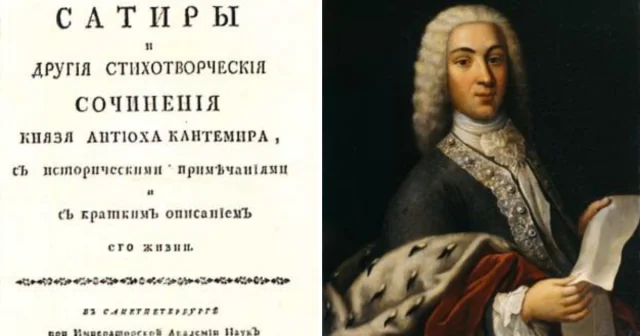
Antioch Cantemir was a famous and respected diplomat, but a completely unknown writer. His works began to be published only 18 years after his death.
"The Bell Jar", Sylvia Plath 
The only novel by the American writer was published in 1963, but did not arouse public interest or criticism. It was not until the early 1970s (about seven years after Sylvia's death) that it became widely known and was subsequently translated into a dozen languages.
“The pit”, Andrey Platonov 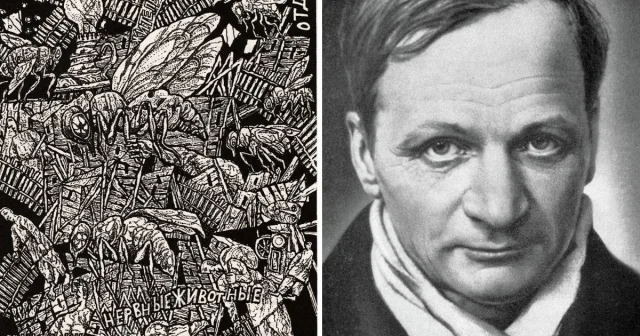
The story itself was written in 1930, but published only in 1969 in emigrant publications. The impossibility of its publication was primarily due to the inappropriate content of socialist literature.
"Pride and Prejudice", Jane Austen 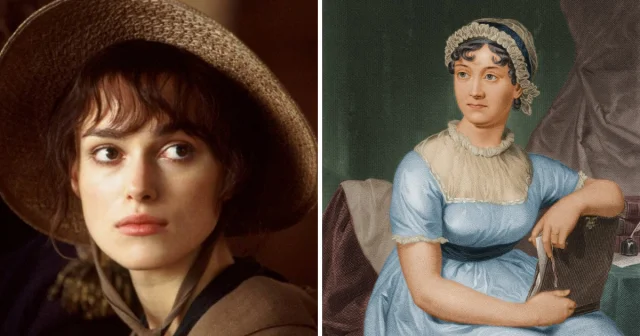
The English writer created her novel at the age of 21, but the publishing house did not accept it. 15 years later (1813), the novel is finally published, but another five years pass and Austen herself dies. Attitudes towards women writers at the time hampered its distribution and popularity, but this did not prevent Pride and Prejudice from achieving success in the 20th century. Many films have been made based on the novel (photo taken from the 2005 film adaptation of the same name).
"The Girl with the Dragon Tattoo" by Stieg Larsson 
A book that made the author famous only after his death and received many awards. Stieg Larsson was a Swedish journalist. In the early 2000s, he entered into a contract with one of the publishing houses to publish three of his novels, but in 2004 he died of a massive heart attack. Books are published without an author and gain popularity. The most famous film adaptation is the 2011 film directed by David Fincher.
“Woe from Wit”, A. S. Griboyedov 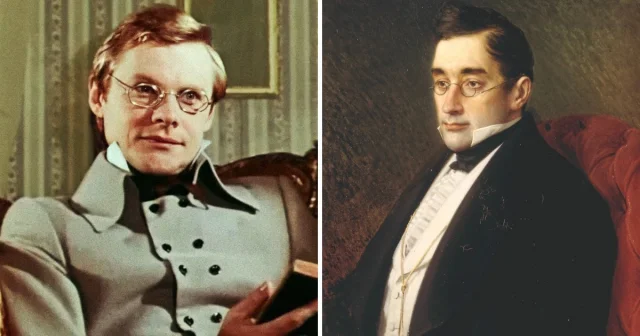
Although Griboyedov is not the writer of one work, thanks to this play he became world famous. “Woe from Wit” is his late work, not published or staged during the writer’s lifetime, unlike some other plays. It will be published in 1862 (33 years after the author’s death) and will be included in the school curriculum in the USSR. In the photo on the left is Vitaly Solomin as Chatsky in the 1977 television play of the same name.
"Their Eyes Were Seeing God" by Zora Neale Hurston 
The novel, written and published in 1937, was of no interest to anyone. 23 years later, the writer still dies unknown. It was only after 1975, when Alice Walker, author of the award-winning novel The Color Purple, spoke about him that interest in him increased. And in 2005, a film adaptation of the same name was released starring Halle Berry.
“The Master and Margarita”, M. A. Bulgakov 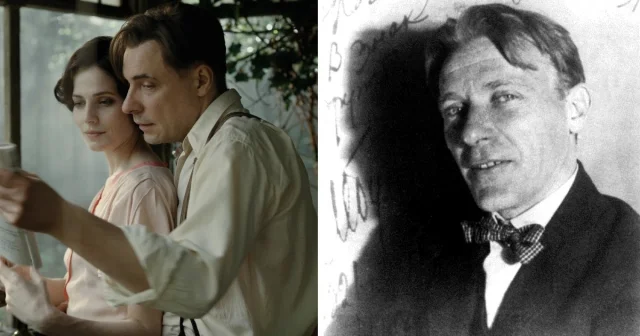
Bulgakov was not an unknown writer, but his name is primarily associated with this novel, which he continued to write until his death (1940). Readers saw the first complete edition only in 1967, largely thanks to the editors and Elena Bulgakova, who collected the novel piece by piece.

